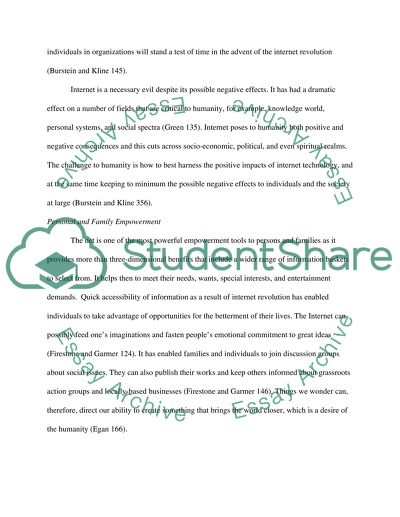Cite this document
(“KONY 2012 (my point is how the Internet ably change global social Research Paper”, n.d.)
Retrieved from https://studentshare.org/english/1398454-kony
Retrieved from https://studentshare.org/english/1398454-kony
(KONY 2012 (my Point Is How the Internet Ably Change Global Social Research Paper)
https://studentshare.org/english/1398454-kony.
https://studentshare.org/english/1398454-kony.
“KONY 2012 (my Point Is How the Internet Ably Change Global Social Research Paper”, n.d. https://studentshare.org/english/1398454-kony.


